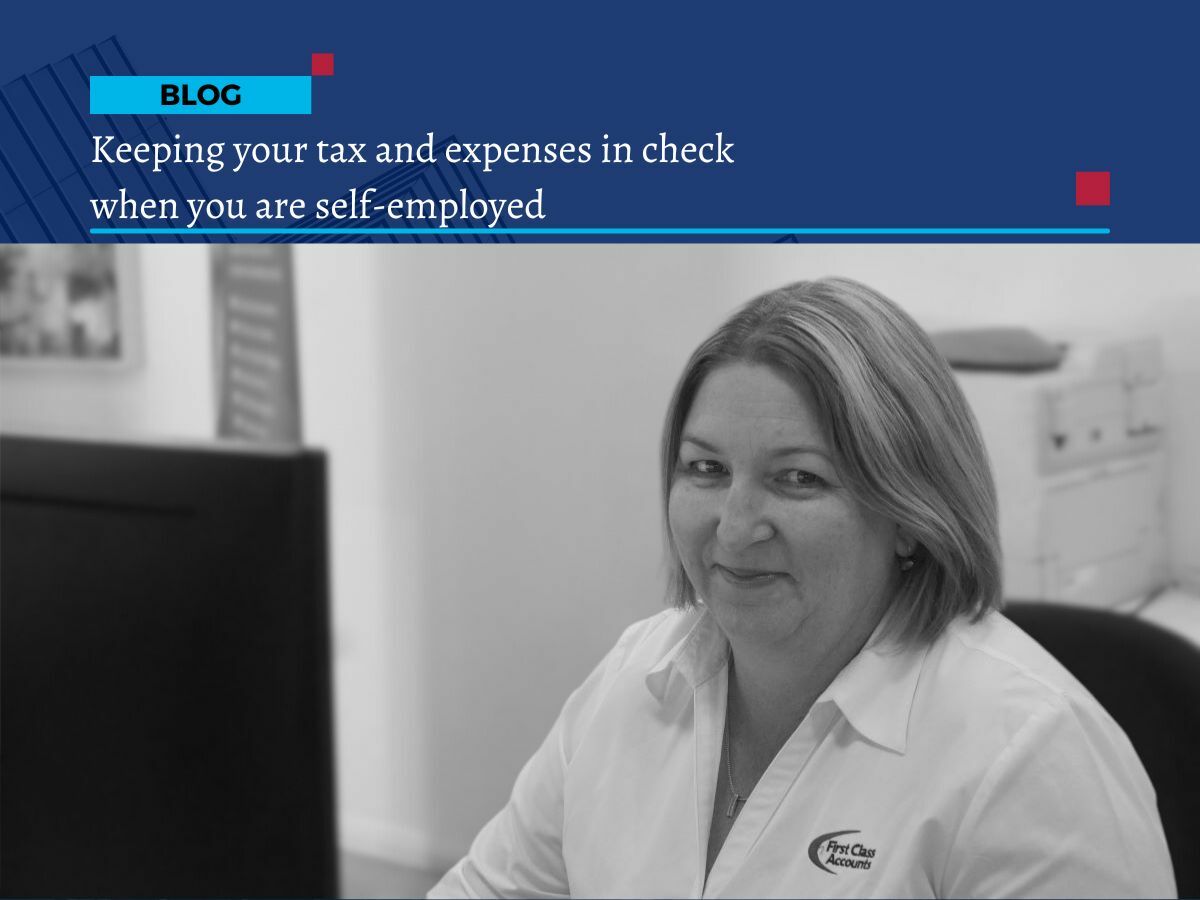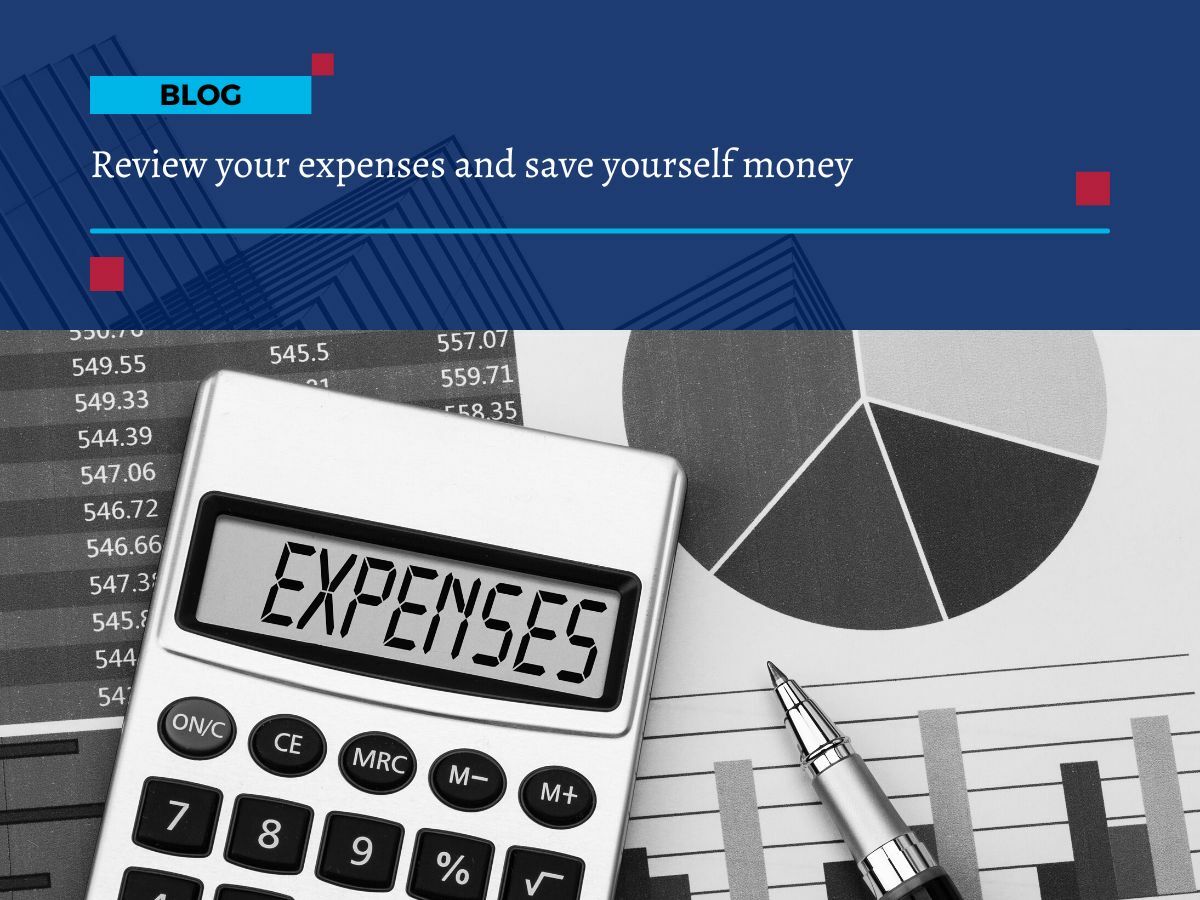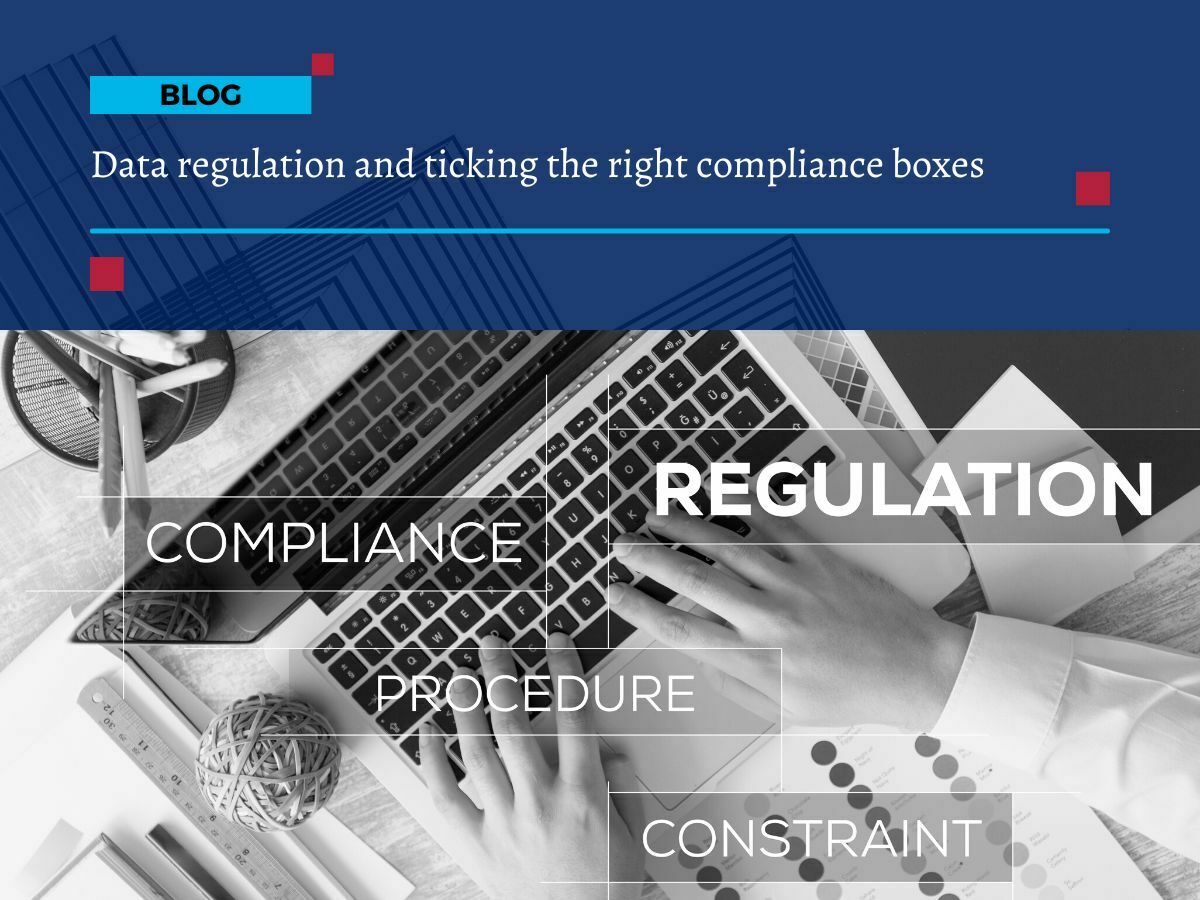
How to use forecasts and scenario-planning
How to use forecasts and scenario-planning
For centuries, accounting was all about reviewing historic information – but that only told you about the past, not what was going to happen in the future.
If you’re only looking back at past periods and historic numbers, that limits the insights you can achieve into your business. With a backward-looking ideology, it becomes difficult to plan, run through different scenarios or understand the path of the business.
Forecasting changes this. With the right data analysis and forecasting tools, you can project sales, cash, revenue and profits into the future – and get in control of your business.
At First Class Accounts Ovens & Murray, we understand that your business is dynamic, constantly evolving, and influenced by countless factors. We specialise in implementing forecasting apps, such as Futrli, that allow you to see beyond the numbers and into the future of your business.
Our bookkeeping and app implementation expertise helps ensure that you’re using up-to-date, accurate data when forecasting, giving you confidence in the decisions you make.
A forward-looking view of your business journey
Forecasting switches the focus of your financial management. By moving to a forward-looking view of your business journey, you can see further down the road – and that helps to spot the opportunities and avoid the common business pitfalls.
By collaborating closely with you, our team at First Class Accounts Ovens and Murray can implement Futurli, or alternative forecasting apps to help you analyse trends, identify patterns, and anticipate challenges ahead of time. Our goal is to provide you with a clearer picture of what’s coming, so you can focus on making strategic decisions to grow your business. Whether it's sales, cash flow, or profit forecasting, our team is here to help you take charge of the future.
Forecasting adds value by:
Highlighting the data patterns
A forecasting tool takes your historic data and projects it forward in time. This helps you and your advisers to spot the patterns, trends, gaps and opportunities, revealing the true ‘story’ behind your business accounts. For example, forecasting may reveal a predicted seasonal slump in the next quarter, allowing you to plan ahead and proactively take action to minimise any negative impact.
Giving you a future view of your business
Instinctively, business owners will look back at prior periods to assess performance. There’s value to reviewing your historic actuals, of course, but using forecasting helps you to look forward, rather than just backwards. Forecasting is the satnav, showing you the road ahead, rather than the rear-view mirror showing you the road you’ve already travelled.
At First Class Accounts Ovens and Murray we make it easy to access this future view by integrating apps that generate future financial projections with just a few clicks. This gives you a clear understanding of what’s next for your business, enabling you to allocate resources more effectively, plan for growth, and avoid potential pitfalls.
Helping you scenario-plan
With a financial model of your key drivers, combined with accurate forecasting, you can quick answer your burning ‘What if…?’ questions.
Forecasting lets you run different scenarios, with different drivers, to see how business decisions may pan out over time. If option B performs better than option A, that’s invaluable information when defining your next strategic move.
Making informed, evidence-based decisions
Having ‘the full picture’ of combined historic numbers, forecasts and longer-term projections aides your business decision-making. Forecasting gives you solid evidence on which to base your strategy, and helps to red flag any threats that are looming on the horizon – giving you the best possible information to keep your executive team informed and on the ball.
We believe in making decisions based on evidence, not guesswork. That’s why implementing the appropriate apps can provide you with the data you need to inform your strategies. We ensure that your forecasts are based on accurate, up-to-date financial information, helping you make better decisions. Whether it's managing cash flow or planning for future growth, we give you the tools to act with confidence.
A deeper relationship with your accountant
Forecasting also helps us to get a far more granular view of your business. This helps to spot potential areas of performance improvement, and to give you the best possible strategic advice, all backed up by solid, empirical data and management information.
Take Control of Your Future with Forecasting
If you want to get in control of the destiny of your company, come and talk to us. Forecasting helps you highlight your future threats and opportunities – and create a proactive strategy to improve the performance of your business.
At First Class Accounts Ovens & Murray, we not only manage your bookkeeping but also help you implement powerful forecasting tools like Futrli. By connecting this app with your Xero platform, we can give you clear insights into what lies ahead.
Our goal is to help you plan for the future, whether that involves managing cash flow, preparing for growth, or navigating uncertain markets. Whether you’re looking to grow your business, manage cash flow more effectively, or simply get a better sense of what’s coming, we provide the tools and insights you need to succeed.








